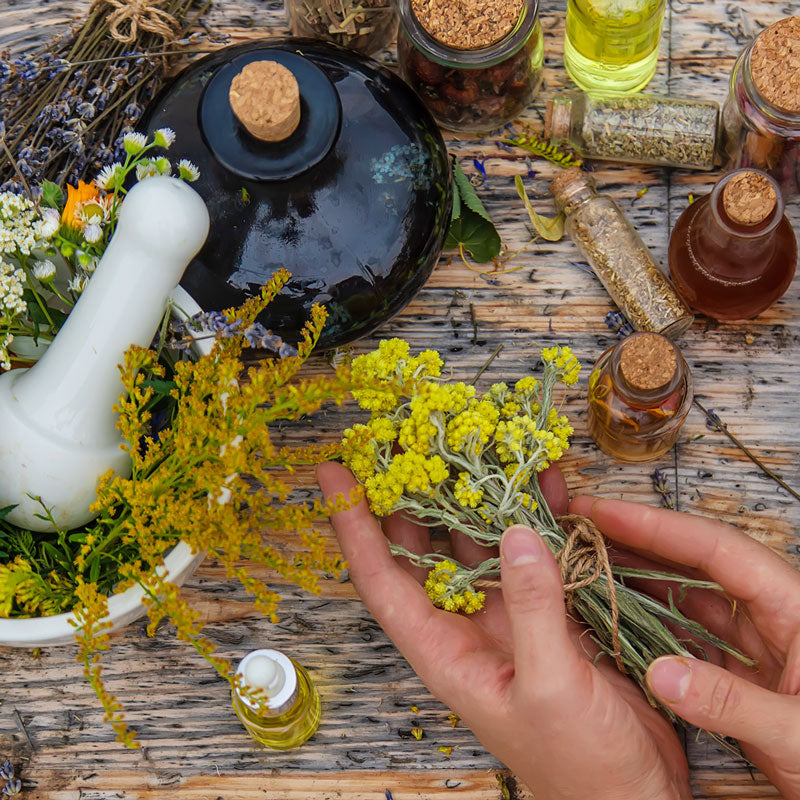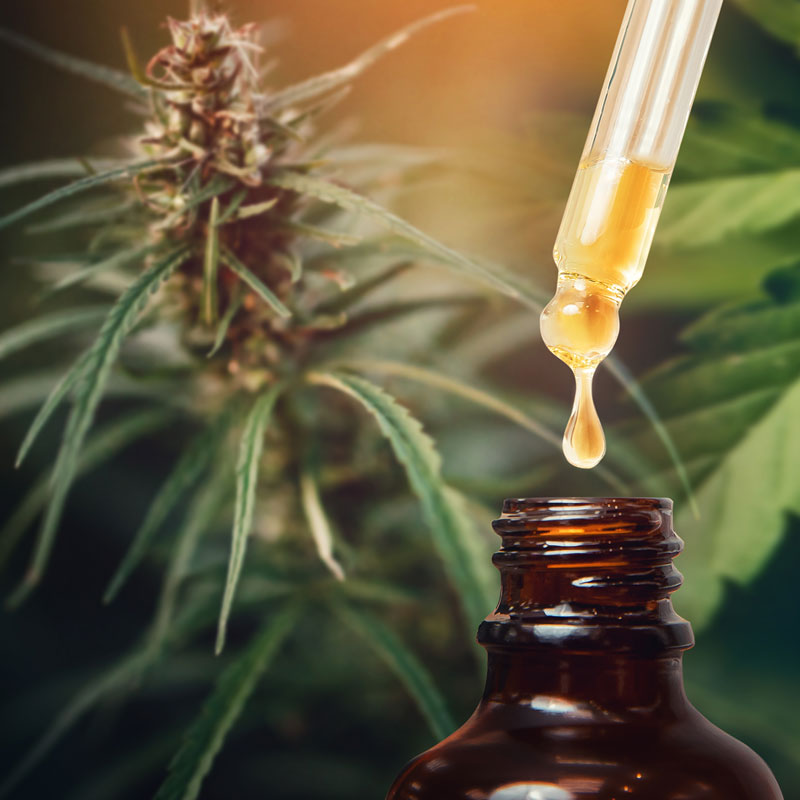Homemade Elder Bark Tincture and Extract Recipe using Food Grade Ethanol

While elderberries and elderflowers often take the spotlight in herbal wellness, the bark of the elder tree—particularly the inner bark—has a long history of use in traditional herbalism. Valued for its strong purgative and anti-inflammatory properties, elder bark has been used sparingly and respectfully by herbalists for specific conditions. This guide outlines how to create a high-quality elder bark tincture at home using 200 proof food grade ethanol, while also offering insight into its traditional applications and cautions.
What is Elder Bark?
Elder bark comes from the elder tree, most commonly Sambucus nigra or Sambucus canadensis. These species are native to Europe and North America, respectively, and are widely cultivated for their immune-supportive berries and blossoms. The bark, however—particularly the green inner bark—is potent and must be used with care. Traditional herbalists have used elder bark in small doses for its purgative, diuretic, and anti-inflammatory actions.
When preparing bark for tincturing, only use bark from branches, not the main trunk, and never harvest from a toxic or misidentified elder species. Always ensure that you’re working with a true medicinal variety of *Sambucus*.
Traditional Uses and Herbal Benefits of Elder Bark
Elder bark has been traditionally used for:
- Stimulating bowel elimination as a strong purgative
- Reducing inflammation in joints and tissues
- Stimulating urination to relieve fluid retention
- Expelling intestinal parasites (under professional supervision)
- Topical poultices for swelling, bruises, and sprains
The bark contains active constituents such as sambunigrin (a cyanogenic glycoside), resins, and bitter compounds. These can cause nausea or vomiting if misused, which is why elder bark is often used in extremely small quantities and only for short-term applications.
How to Make Elder Bark Tincture at Home
Tincturing is an effective way to preserve elder bark’s strong herbal properties in a stable and easy-to-measure form. Because of the bark’s intensity, it's important to use precise portions and only work with fresh, properly identified bark from safe sources. 200 proof food grade ethanol offers the best extraction potential for both the water- and fat-soluble components of elder bark.
Elder Bark Tincture Recipe
Ingredients:
- ½ cup fresh or ¼ cup dried elder bark (inner bark only, finely chopped)
- 200 proof food grade ethanol, enough to fully submerge the bark
- Glass mason jar with tight-fitting lid
- Fine mesh strainer or cheesecloth
- Amber glass dropper bottles for storing the finished tincture
Instructions:
- Add the chopped elder bark to a clean mason jar, filling it no more than ¼ full.
- Pour in enough 200 proof food grade ethanol to fully cover the bark with at least one inch of liquid above it.
- Seal the jar and store it in a cool, dark place for 4–6 weeks, shaking gently every few days.
- After the extraction period, strain the mixture through cheesecloth or a fine mesh strainer into a clean container.
- Bottle the finished tincture in amber glass dropper bottles and label with the contents and date.
Storage and Shelf Life
Store your elder bark tincture in a cool, dark place away from sunlight and moisture. When made with 200 proof food grade ethanol and kept sealed properly, the extract can remain potent for 3–5 years or more.
Final Thoughts
Elder bark is a potent yet often overlooked part of the elder plant with a rich tradition of use in early folk and indigenous medicine. When used sparingly and with caution, it offers powerful support for cleansing, detoxification, and inflammation. Making your own elder bark tincture with 200 proof food grade ethanol provides a shelf-stable and concentrated way to preserve this traditional remedy in your home apothecary.

Disclaimer: This content is for informational and educational purposes only. Consult a professional before using tinctures for any specific application. Individual reactions may vary.









